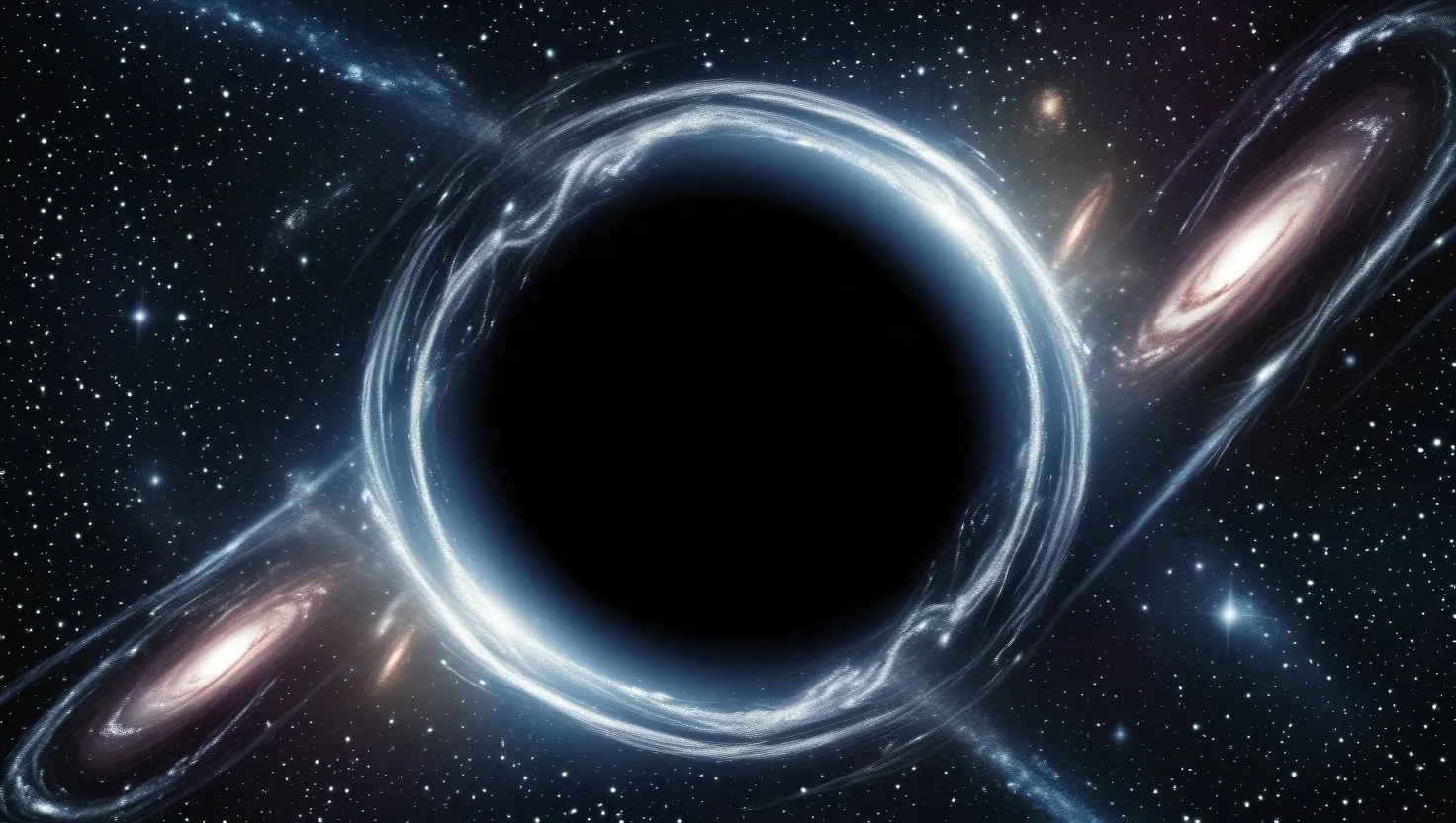As we gaze up at the star-studded sky, it’s easy to feel a sense of awe and wonder at the vast expanse of the universe. However, beneath the beauty and complexity of the cosmos lie several unexplained phenomena that continue to puzzle astronomers and cosmologists. These mysteries not only highlight the limitations of our current understanding but also serve as a reminder of the infinite secrets waiting to be uncovered.
The Great Void: An Enormous, Seemingly Empty Region of Space
Imagine a region of space so vast and empty that it defies our conventional understanding of the universe’s structure. The Great Void, also known as the Eridanus Supervoid, is one such anomaly. Spanning over 500 million light-years across, this void is a significant departure from the expected distribution of galaxies and galaxy clusters. It’s as if a gigantic bubble has been carved out of the universe, leaving behind a vast, almost featureless expanse.
“The universe is not only stranger than we think, it is stranger than we can think.” - Albert Einstein
What could have caused such a massive void? Is it a result of some unknown cosmic process, or is it simply a statistical anomaly? These questions linger, inviting scientists to delve deeper into the mysteries of cosmic structure and evolution.
Dark Flow: Mysterious Motion of Galaxy Clusters
Galaxy clusters, the largest known structures in the universe, are not static entities; they move. However, some of these clusters exhibit a peculiar motion known as dark flow. This phenomenon involves galaxy clusters moving in a coordinated manner, as if they are being pulled by an unseen force. The direction of this flow is consistent across vast distances, suggesting that it might be influenced by something beyond our observable universe.
“The universe is a pretty big place. If it’s just us, seems like an awful waste of space.” - Carl Sagan
What could be driving this dark flow? Is it a sign of a larger cosmic structure that we are yet to understand, or is it an indication of forces beyond our current comprehension? The search for answers continues, pushing the boundaries of our knowledge about the universe’s large-scale dynamics.
Cosmic Inflation: Rapid Expansion in the Early Universe
In the very early stages of the universe, a period known as cosmic inflation occurred, where the universe expanded exponentially. This rapid expansion smoothed out any irregularities in the universe’s density, explaining why the cosmic microwave background radiation is so uniform. However, the exact mechanism driving this inflation remains a mystery.
“The inflationary epoch is a very special time in the history of the universe,” says Alan Guth, the theorist who first proposed the idea of cosmic inflation. “It’s a time when the universe is expanding exponentially, and it’s a time when the universe is very, very hot.”
What triggered this inflationary period? Was it a quantum fluctuation, a field of energy, or something entirely different? Theories abound, but the precise nature of cosmic inflation remains one of the biggest unsolved puzzles in cosmology.
Ultra-High-Energy Cosmic Rays: Particles with Inexplicable Energies
Cosmic rays are high-energy particles that bombard the Earth from space. However, some of these particles have energies that are simply inexplicable. Ultra-high-energy cosmic rays (UHECRs) can have energies millions of times greater than those produced by the most powerful particle accelerators on Earth. The origin of these particles is a mystery, as no known astrophysical source can produce such immense energies.
“The most exciting phrase to hear in science, the one that heralds new discoveries, is not ‘Eureka!’ but ‘That’s funny…‘” - Isaac Asimov
Where do these particles come from? Are they the result of cataclysmic events in distant galaxies, or do they originate from beyond our observable universe? The search for the sources of UHECRs is an ongoing quest that could reveal new insights into the universe’s most energetic phenomena.
Galactic Rotation Curves: Discrepancies in Galaxy Motion
Galaxies rotate, and their rotation curves should follow a predictable pattern based on the visible matter they contain. However, observations show that these curves are flat, indicating that stars and gas in the outer regions of galaxies are moving at a constant speed. This discrepancy suggests the presence of dark matter, an invisible form of matter that does not interact with light but affects the motion of visible matter through gravity.
“The universe is a grand book which cannot be read until one first learns to comprehend the language and become familiar with the characters in which it is composed.” - Galileo Galilei
Dark matter makes up about 27% of the universe, yet its nature remains unknown. Is it composed of particles we have yet to discover, or is it a manifestation of a new type of physics? The study of galactic rotation curves continues to be a key area of research in understanding this elusive component of the cosmos.
Cosmic Microwave Background Cold Spot: Unexplained Temperature Anomaly
The cosmic microwave background (CMB) radiation is the residual heat from the Big Bang, and it is remarkably uniform across the universe. However, there is a region known as the CMB cold spot, where the temperature is significantly lower than the average. This anomaly is puzzling because it cannot be easily explained by our current models of the universe.
“The universe has no beginning and it will have no end.” - Carl Sagan
What could cause such a temperature anomaly? Is it a sign of a multiverse, where our universe is just one bubble in a vast cosmic sea? Or is it an indication of some unknown physical process that we have yet to understand? The CMB cold spot remains one of the most intriguing mysteries in cosmology, inviting scientists to explore new theories and observations.
As we delve into these unexplained cosmic phenomena, we are reminded of the vast unknowns that still surround us. The universe is a complex, mysterious place, and each new discovery opens up more questions than answers. Yet, it is this very mystery that drives us to continue exploring, to seek out new knowledge, and to push the boundaries of our understanding.
In the words of Neil deGrasse Tyson, “The universe is a big place, perhaps the biggest.” And it is this big place, full of mysteries and wonders, that continues to inspire and challenge us as we strive to comprehend its grandeur.






